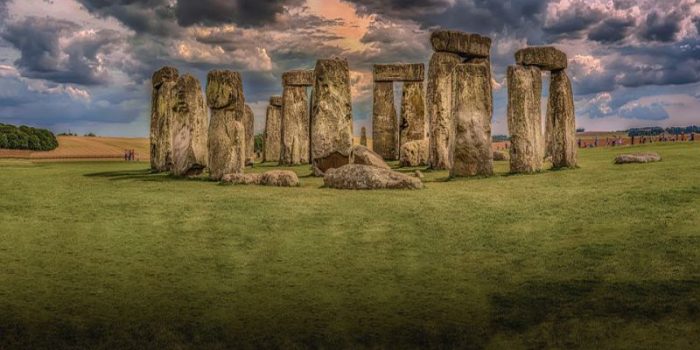Stonehenge, a prehistoric monument in Wiltshire, England, is one of the most famous and recognizable landmarks in the world. Despite its fame, however, much about the monument remains a mystery. Do you know about facts about Stonehenge? Archaeologists and historians have been studying Stonehenge for centuries, yet the exact purpose and methods of its construction are still unknown.
The monument consists of a circular arrangement of massive stones, known as sarsens, that stand tall and proud in the landscape. These stones weigh an average of 25 tons each, and their origins remain a subject of much debate among experts. Some believe that the stones were transported from as far away as 240 km (150 miles) while others believe they came from nearby quarries.
Stonehenge was built during the Neolithic period, which dates back to around 5000 years ago. The exact methods used to construct Stonehenge are also unknown, but it is believed that the stones were placed in their current positions using only simple tools and human power which is a deeper fact about Stonehenge. Despite this, the accuracy of the stone placement is remarkable, and the monument stands as a testament to the ingenuity and determination of our ancestors.
Some believe that it was a place of worship, while others see it as an astronomical observatory. Still, others believe it was a site for the burial of important people or a location for the performance of religious ceremonies.
1. The Slow and Steady Construction of Stonehenge
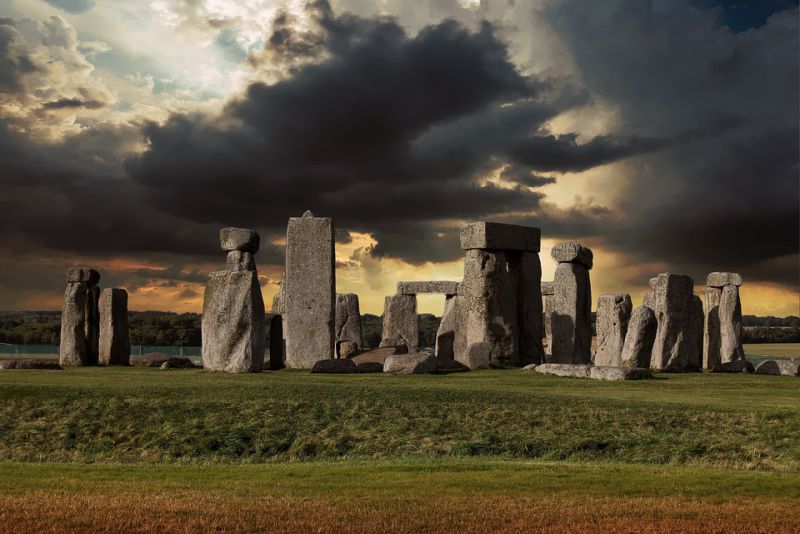
Stonehenge, the enigmatic monument located in Wiltshire, England, is a world-renowned symbol of the ingenuity and determination of our ancient ancestors. It is the most interesting facts about Stonehenge. Despite its iconic status, much about the monument remains shrouded in mystery, including its purpose, construction methods, and exact timeline of creation. However, recent archaeological research has shed new light on the slow and steady evolution of Stonehenge over a period of more than 1,000 years.
The first stage of Stonehenge’s construction dates back to the Neolithic period, around 5000 years ago. At this time, a ring of blue stones was placed at the center of the site, and these stones are believed to have been transported from as far away as 240 km (150 miles) from the Preseli Hills in Wales. The second stage of construction saw the addition of the massive sarsen stones that make up the outer ring of the monument.
In the third stage, the blueprint of Stonehenge began to take shape as the bluestones were rearranged to create a double ring around the sarsens. This stage also saw the intricate joining of the sarsen stones using lintels and other engineering techniques, creating the iconic structure that is recognized around the world today.
Finally, the fourth stage of Stonehenge’s evolution took place in the early Bronze Age, around 1,500 BC, when the famous “heel stone” was added, along with other final touches. This marked the completion of the monument, which stood as a symbol of the skill and determination of our ancestors for millennia to come.
The multi-millennial evolution of Stonehenge is a testament to the slow and steady pace of progress in ancient times, and to the persistence and skill of our ancestors. The precision and accuracy of its construction, despite the limited tools and technology available at the time, is truly remarkable and speaks to the enduring legacy of this unique and mysterious monument.
Read More: Top 10 Most Iconic Places In The World
2. Mystery and Magnificence of Stonehenge: A UNESCO World Heritage Site
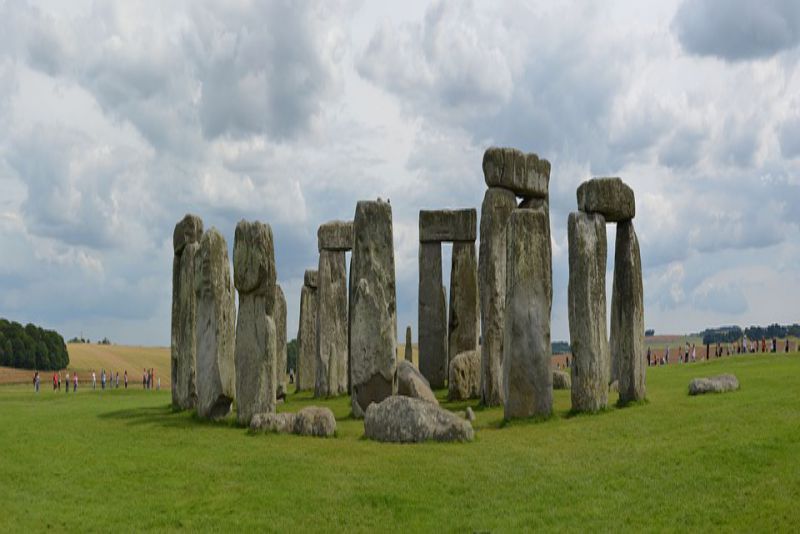
Stonehenge, located in Wiltshire, England, is one of the world’s most famous prehistoric landmarks, attracting millions of visitors every year. It is the most interesting facts about Stonehenge. This iconic stone circle is not only a breathtaking sight to behold but also holds great historical significance, having earned its place as a UNESCO World Heritage Site.
Uncovering the Secrets of Stonehenge: A Journey Through Time
Built between 3000 and 2000 BC, Stonehenge is a marvel of ancient engineering and a testament to the ingenuity of its creators. It is believed that the stones used to build the monument were transported from as far away as 240 kilometers (150 miles) away, making the construction of Stonehenge a truly remarkable feat. The stones themselves weigh up to 25 tons each, and their exact purpose remains unknown, although there are several theories, including that it was a place of astronomical observation, a religious site, or a memorial for the dead. It is the most interesting facts about Stonehenge.
The Historical Significance of Stonehenge: A Legacy for the Ages
Stonehenge has been the subject of ongoing research and excavation for over a century, and it continues to reveal new and fascinating details about our ancestors and their way of life. It is the most interesting facts about Stonehenge. The monument has also inspired countless works of art and literature over the centuries, and it continues to captivate the imaginations of people from all over the world.
Whether you’re an archaeologist, a historian, or simply a lover of beauty and mystery, a visit to Stonehenge is an experience you won’t soon forget. So come and explore this remarkable monument for yourself, and discover the secrets that have captivated people for thousands of years.
3. The Mystery of Stonehenge: A 12th-Century Legend
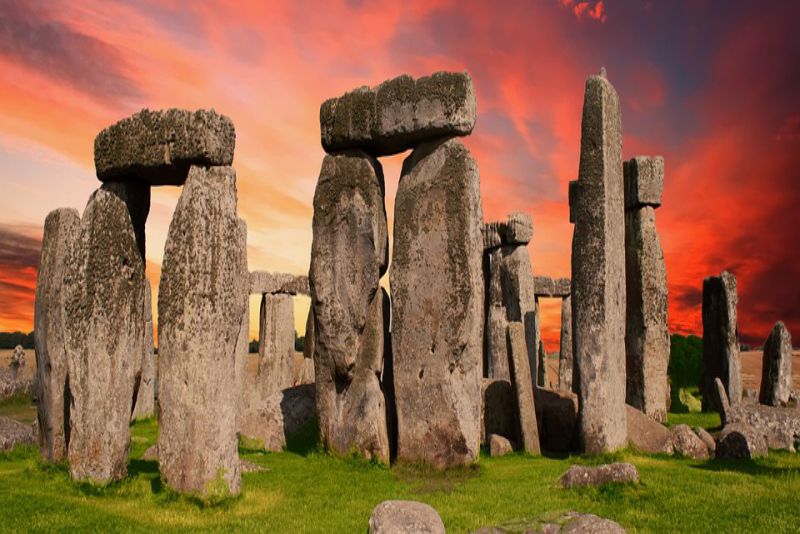
Stonehenge, one of the world’s most iconic prehistoric monuments, has been the subject of countless myths and legends over the centuries. In the 12th century, one such legend claimed that the massive stones of Stonehenge were originally placed on a mountain in Ireland by giants.
The story goes that the wizard Merlin then used his magic to transport the stones to their current location in England and it is the most interesting facts about Stonehenge. Despite the lack of historical evidence to support this tale, the legend of Merlin and the giants continue to captivate the imagination of people all over the world. The origins of Stonehenge remain shrouded in mystery, but it is widely believed to have been built by the ancient people of Britain between 3000 and 2000 BCE.
The Enigma of Stonehenge: Uncovering the Truth Behind a Legend
Stonehenge is a massive stone circle located in Wiltshire, England, that has been a source of fascination for thousands of years. Despite numerous attempts to unravel its mysteries, the exact purpose and origins of Stonehenge remain unknown. In the 12th century, a legend emerged claiming that the stones of Stonehenge were placed on a mountain in Ireland by giants before being transported to England by the wizard Merlin.
While this story is certainly intriguing, there is no scientific evidence to support it. Archaeologists and historians believe that Stonehenge was constructed over several centuries, beginning around 3000 BCE and it is the most interesting facts about Stonehenge. . The massive stones, some weighing over 50 tons, were likely transported from as far as 150 miles away and placed incredibly precision.
It is still not entirely clear how the ancient people were able to accomplish this feat, but it is a testament to their engineering and architectural abilities. Despite its enduring mysteries, Stonehenge remains a popular tourist destination and an important symbol of human history.
4. Solstice Sunrise: Celebrating the Summer at Stonehenge
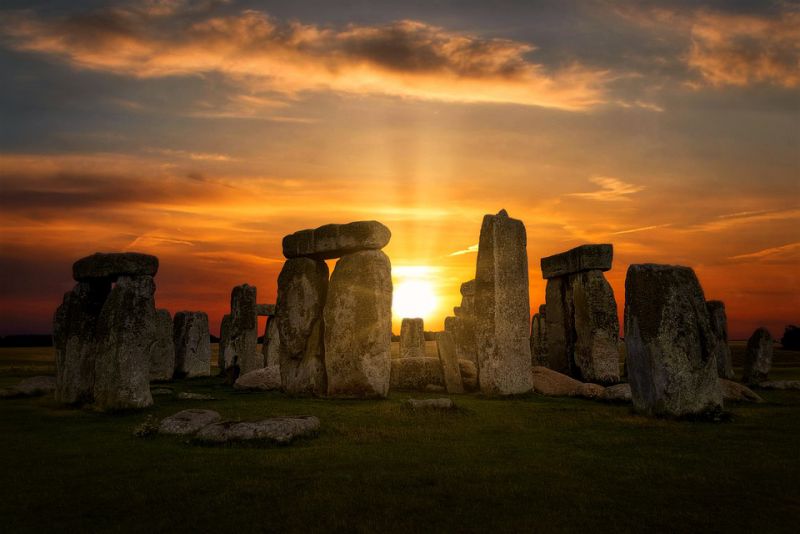
Stonehenge is one of the world’s most recognizable prehistoric monuments and a popular destination for visitors and solstice celebrators. On the 21st of June every year, around 20,000 people gather at the site to witness the sunrise, marking the beginning of the Summer Solstice.
The Summer Solstice is a significant event in the calendar of many cultures, and Stonehenge has been a site of pilgrimage for thousands of years. The exact purpose of the monument remains a mystery, but it is believed to have been used for astronomical observations, religious ceremonies, and as a symbol of power and unity. It is the most interesting facts about Stonehenge.
What makes Stonehenge a truly remarkable site is not just its age, estimated to be over 5000 years, but also it is engineering. The stones used to build the monument were transported from as far as 160 km away and are estimated to weigh over 50 tons each. How these massive stones were transported and erected remains one of the great mysteries of archaeology.
Visitors to Stonehenge can witness the sunrise from inside the circle of stones and experience the unique atmosphere of the site. For those who prefer a quieter celebration, the nearby Stonehenge Visitor Centre offers stunning views of the monument and is open throughout the night of the Summer Solstice.
The Summer Solstice at Stonehenge is a unique and unforgettable experience, a celebration of the changing of the seasons and a chance to connect with history and nature. Whether you’re a historian, a spiritual seeker, or simply looking for an adventure, the Solstice Sunrise at Stonehenge is not to be missed.
5. Discover the Mystery of Stonehenge: A 5000-Year-Old Monument on Salisbury Plain
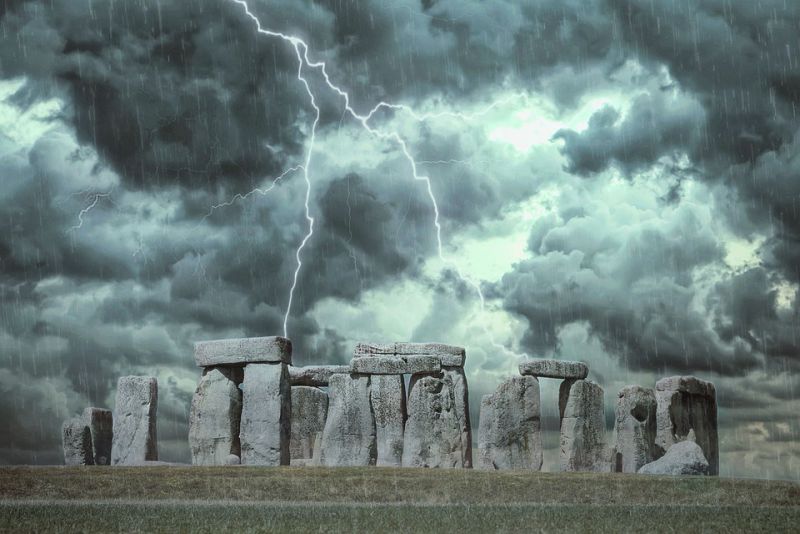
Stonehenge is a 5000-year-old monument that has captivated people for centuries with its enigmatic presence and mysterious history. Located on Salisbury Plain in Wiltshire, England, the stone circle is comprised of 38 massive stones that stand up to 13 feet tall and weigh as much as 25 tons each. It is the most interesting facts about Stonehenge. But how did these massive stones get there and what was their purpose?
Unraveling the Secrets of Stonehenge: A Wonder of the Ancient World
The stones were transported from as far as 240 kilometers away and it is still a mystery how they managed to move such massive stones without modern technology. Some theories suggest that they were carried on rollers or sleds and others propose that they were floated down rivers to their final destination.
The Purpose of Stonehenge: A Site of Religious, Astronomical, and Healing Significance?
The purpose of Stonehenge has also been the subject of much speculation. Others think it was a healing center, where people would come to be cured of their ailments. There is also evidence that it was used for astronomical observations and to mark significant events in the solar and lunar calendars.
Preserving a Piece of History: Stonehenge as a World Heritage Site
Today, Stonehenge is protected as a World Heritage Site and attracts over 1 million visitors every year. Despite being surrounded by mystery and intrigue, Stonehenge continues to inspire awe and wonder in all who visit. Whether you are interested in history, astronomy, or archaeology, or just want to witness a true marvel of ancient engineering, Stonehenge is a must-visit destination.
6. Unlocking the Secrets of Stonehenge: A Monumental Calendar
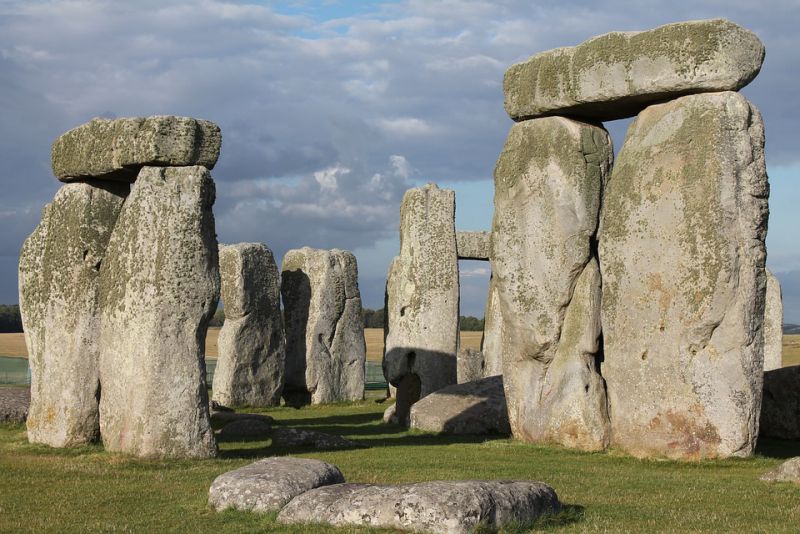
For centuries, scientists have tried to unravel the secrets behind this unique formation of stones, and one of the most widely accepted theories is that it was used as a calendar by our ancestors.
The Summer Solstice Phenomenon at Stonehenge
One of the most remarkable and significant events at Stonehenge is the summer solstice. This event has been celebrated at Stonehenge for thousands of years, and it is believed that our ancestors used the solstices to tell the time of year. It is the most interesting facts about Stonehenge.
A Monumental Calendar of Seasons, Months, and Years
It is also believed that the placement of the stones at Stonehenge corresponds to the different months, seasons, and years. Although there is still much speculation and research to be done in this area, scientists believe that the stones were used to track the passing of time and to mark important events such as solstices and equinoxes.
It is the most interesting facts about Stonehenge. Whether it was used for astronomical observations, spiritual ceremonies, or simply as a marker of time, one thing is certain – Stonehenge continues to captivate and inspire people from all over the world.
7. Unraveling the Mystery: The Transportation of Stonehenge’s Monumental Stones
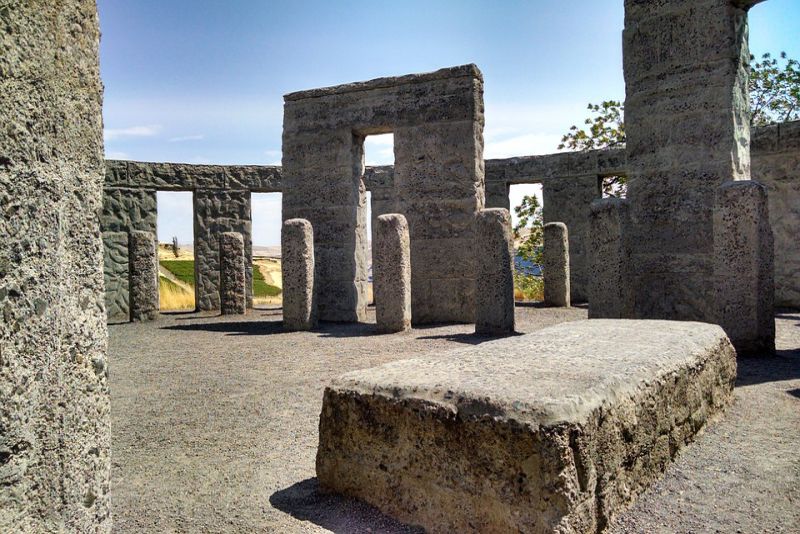
Stonehenge, one of the world’s most enigmatic and mysterious monuments, has left researchers and historians baffled for centuries. It is the most interesting facts about Stonehenge. How exactly did the ancient people manage to transport the massive stones, weighing over 4 elephants each, from Wales to the Stonehenge site? The truth is, nobody knows for sure.
8. Exploring the Theories of Stonehenge’s Stone Transportation
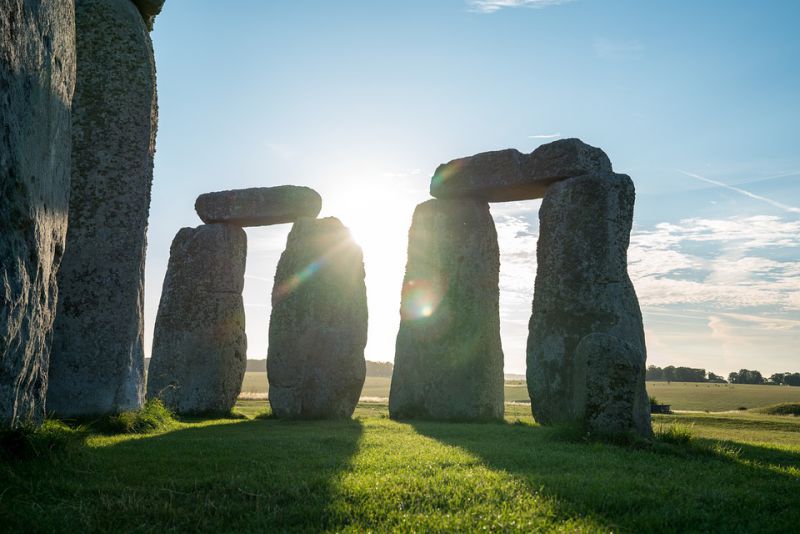
One theory suggests that the stones were dragged on sleighs before being taken on rafts over water. However, this hypothesis has not been scientifically validated. It is the most interesting facts about Stonehenge.
9. The Enigma of Stonehenge’s Transportation Persists
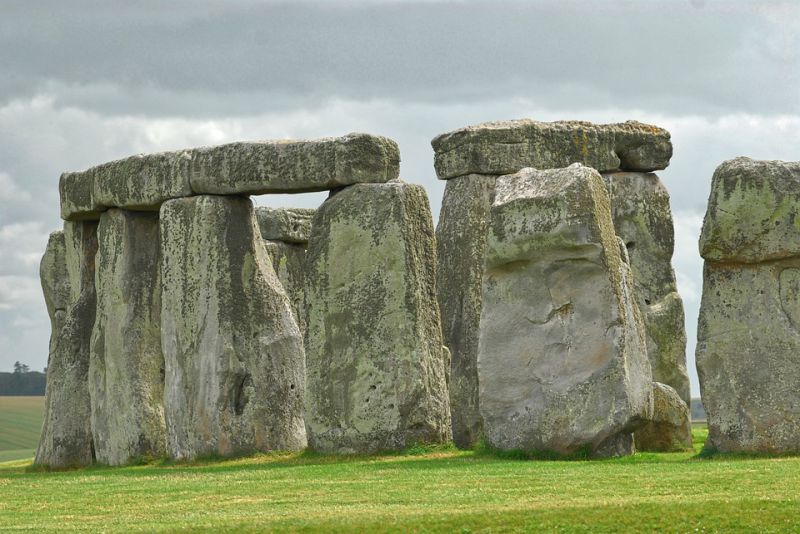
Despite numerous efforts to uncover the truth, the mystery of how the stones were moved to Stonehenge remains unresolved. It is a testament to the ingenuity and resourcefulness of our ancestors and serves as a reminder of the many unanswered questions about our past that still linger today.
10. Preserving the Legacy of Stonehenge
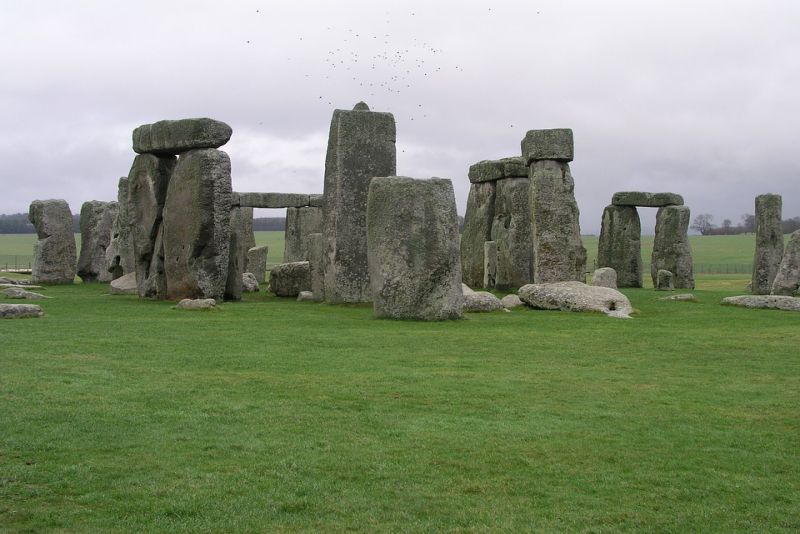
Stonehenge is more than just a collection of stones. It is a symbol of human history and a reminder of the incredible achievements of our ancestors. As we continue to explore facts about Stonehenge and uncover the truth about this enigmatic monument, it is crucial that we preserve its legacy for future generations to appreciate and understand.
